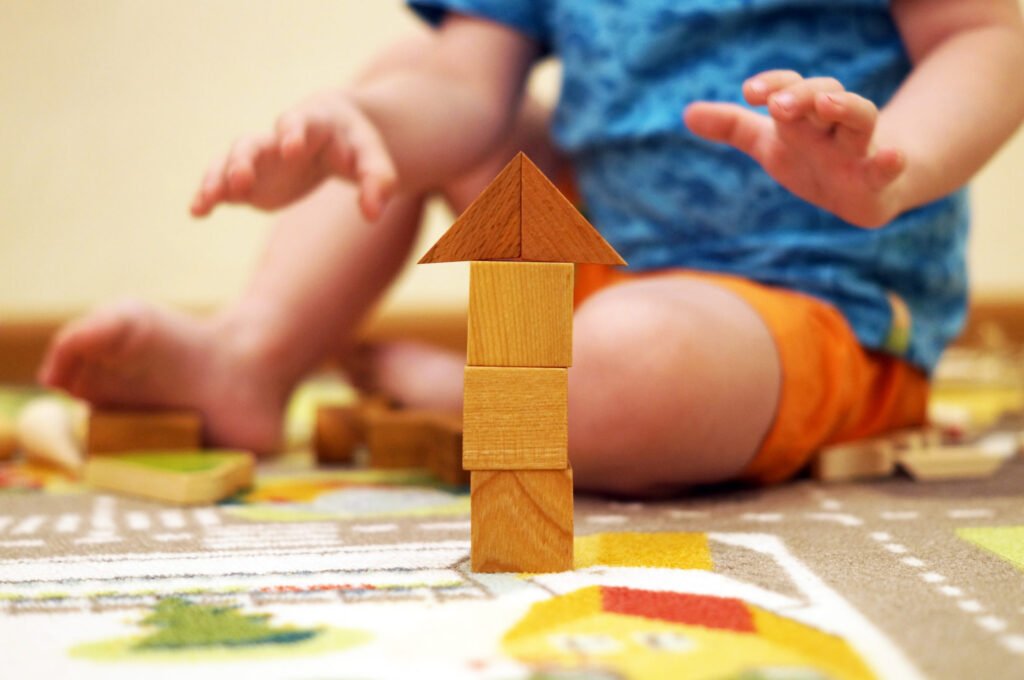“If a child cannot learn the way we teach him,
Maybe we should teach him in a way he can learn.” RD
The acronym ABA stands for "Applied Behavior Analysis" in English, and translated into Spanish it means "Applied Behavior Analysis". This intervention model comes from the USA, from the investigations of the Dr. Ivar Lovaas, Department of Psychology, University of California, Los Angeles (1987). Dr. Ivar Lovaas demonstrated that behavior in children with autism could be modified using the ABA method. His study showed that most children receiving ABA treatment could benefit significantly, even losing their diagnosis after years of therapy.
For us, the ABA intervention model is not only our starting point, it is the path we travel through the videos of the VICON MethodWe use this therapeutic program planned, evolutionary and tested with a history of more than half a century of application in the learning of children with disabilities, learning difficulties and, specifically, autism.
We love this methodology because it is comprehensive, It covers all areas of learning. We follow this methodology. why it is and leads us to success, placing all its emphasis on the therapist's work, the adjustments, the dynamics that strengthen this learning and how they have to accompany the child and adapt to him at all times.
The evolution of a case following an ABA methodology evaluates daily, weekly, monthly, quarterly and annually by a team of at least 5 professionals and the family nucleus. This gives us a good idea of the control over the goals, the procedures what is working, what is not working, and all the small and large adjustments that need to be made in each particular case.
It is always a therapy focused on the child and although we are an online tool we have complemented this program with the therapeutic accompaniment daily, weekly and post video, phase or level to adjust the VICON Method program to each child's learning styles, to family dynamics that are not always the same, to the child's preferences, following a specific program but in an individualized manner.
ABA programming allows us to break down into small steps all the developmental and cognitive skills necessary for growth in any area of the person. This gives us the confidence that Each child evolves according to their level and we do not skip intermediate steps assuming that they are already developedOn the other hand, even if we encounter developed aspects, going through them allows us to enhance and strengthen them to ensure proper growth and strength in learning in the medium and long term.
An ABA model is composed of the following skills:
- Communication and language skills: all derivatives of
- Receptive language: receptive naming, following instructions, and everything involved in understanding spoken language.
- Expressive language: verbal imitation, the production of sounds, words, phrases, etc., improving diction and articulation; everything related to verbal discourse.
- Nonverbal language: everything that involves nonverbal communication, body language, distance between people, eye contact, touch…
- Game skills: Play is the central part of learning, and it is essential that it be worked on in all its aspects: autonomous, shared, social... with a multitude of materials and in the widest possible variety of formats, spaces, and arrangements.
- Social skills: All interaction, participation, and socialization skills are worked on with as many people and environments as possible, starting with the family environment and moving to more external and incidental environments.
- Autonomy skills: All skills that increase their adaptability, responsibility, and self-esteem, while providing them with routine and security while fostering their growth.
- Fine and gross motor skills: all skills related to the hands, fingers, pincer grasp (pre-writing)… to the most global ones related to the body, the extremities developing proprioception, the senses, laterality and spatial and body orientation.
- Cognitive skills: All skills related to attention, memory, self-awareness, reasoning, motivation and goal-setting, the ability to associate, cognitive flexibility that allows us to be able to assume different perspectives and understand the motivations and thoughts of others, problem-solving, creativity and lateral thinking, perception, inhibition and behavior management, anticipation and planning.
- Academic and pre-academic skills: all the skills most related to the areas of mathematics, reading and writing, linguistics, technology, languages...
- Aspects of behavior: Behavior is a central process in treatment in the ABA model, being the focal point for measuring more emotional, developmental, and learning aspects.
Of course, although each skill has its own specific program within the ABA model, the transversality of each of these skills informs the entire therapy and involves many of them in a single activity. The wide variety of comprehensive treatment provides a rich experience for the child while making the therapy very dynamic and varied, allowing for the establishment of these intensive and extensive programs of 20 to 40 hours per week.
We hope you enjoyed it, and feel free to share all your experiences and interesting facts about this fascinating topic. It will surely help us adapt new publications to your questions and requests. We'll continue with new chapters on the ABA intervention model later...
Cristina Oroz Bajo

